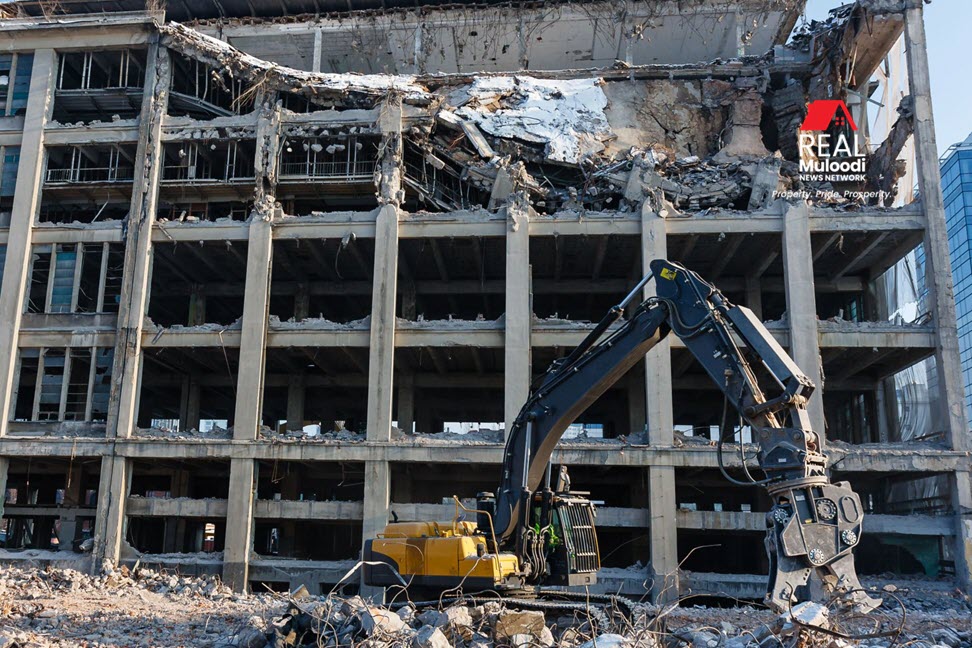UGANDA, Kampala | Real Muloodi News | The Kampala Capital City Authority-KCCA has designated 3,300 structures in its five divisions for demolition if the owners do not resolve issues that have been identified with them, including obtaining adequate and documented approval of their plans.
This was disclosed by KCCA deputy executive director Eng. David Luyimbazi during a keynote talk at a stakeholders framework conversation on counterfeit building materials in Kampala, which the National Building Review Board hosted -NBRB and the Anti-Counterfeit Network -ACN organised.
According to Luyimbazi, the city contains around 3,300 unlawfully built structures throughout all five administrative divisions. They have begun engaging developers to correct this; otherwise, KCCA will demolish these structures at the developers’ expense.
The National Building Control Act of 2013 empowers the NBRB to inspect, monitor, and regulate building operations through building control officers and committees in various local government organisations.
However, the authority to demolish any structure is delegated to the relevant local authority building committee following a structural integrity assessment study. At this level, the NBRB serves as an oversight body.
Nonetheless, the legal procedure for demolishing a structure is so lengthy that the Kisenyi building has yet to be destroyed. Moreover, three months ago, the KCCA building committee was set to demolish this building.
As the guest of honour at the structured debate, Hon Musa Ecweru, State Minister for Works, says the government is willing to engage with all stakeholders to ensure that structures and construction sites are no longer death traps that take the lives of innocent Ugandans.
He says that in addition to counterfeit construction materials and regulatory authorities failing to execute their jobs properly, leaving these to developers and engineers is a concern.
The debate revealed that, in addition to inadequate materials, there is an issue with the users themselves, such as engineers, architects, surveyors, developers, and others in the construction value chain, which is evident in the sloppy work done daily.
To combat this, the NBRB has implemented an online name-and-shame approach to identify anybody who violates norms in the construction value chain, hoping that this will inform Ugandans about which structures are likely to collapse.
According to NBRB executive secretary Eng. Flavia Gutto Bwire, their activities will be primarily online beginning in January 2022, including the name-and-shame measure, which will include substandard material makers and other culprits.
The discussion also revealed that the persistence of poor products on the market is caused by several factors, including difficulties in detecting products, the availability of information, making it normal to trade in poor materials, and inconvenience.
Fred Muwema, ACN’s legal and cooperative affairs director, stated that battling counterfeits is a significant struggle that takes time. Still, the day marked the beginning of the fight in the building industry moving ahead.
He also urged the government to increase human resource capacity in regulatory bodies to guarantee efficient regulation implementation.
If you have real estate news that you would like featured on Real Muloodi News Network, contact us via email at support@realmuloodi.co.ug
READ MORE LIKE THIS:
Margaret Anne Saves Lots of Money Supervising the Construction of Her Home
Poor Urban Planning: Demolishing of Poorly Placed Construction



